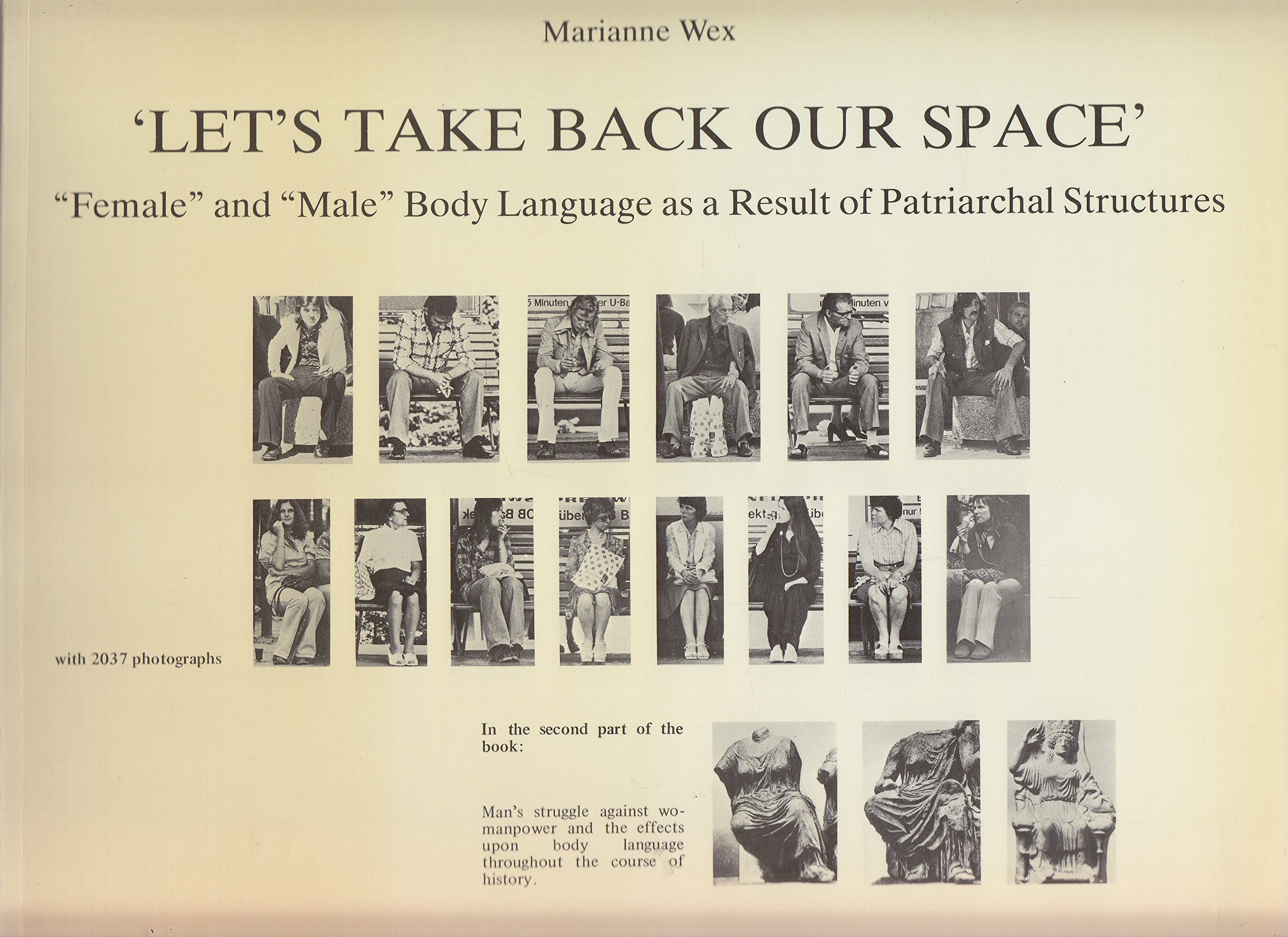Flashback Friday.
Stiff competition for entrance to private preschools and kindergartens in Manhattan has created a test prep market for children under 5. The New York Times profiled Bright Kids NYC. The owner confesses that “the parents of the 120 children her staff tutored [in 2010] spent an average of $1,000 on test prep for their 4-year-olds.” This, of course, makes admission to schools for the gifted a matter of class privilege as well as intelligence.
The article also tells the story of a woman without the resources to get her child, Chase, professional tutoring:
Ms. Stewart, a single mom working two jobs, didn’t think the process was fair. She had heard widespread reports of wealthy families preparing their children for the kindergarten gifted test with $90 workbooks, $145-an-hour tutoring and weekend “boot camps.”
…
Ms. Stewart used a booklet the city provided and reviewed the 16 sample questions with Chase. “I was online trying to find sample tests,” she said. “But everything was $50 or more. I couldn’t afford that.”
Ms. Stewart can’t afford tutoring for Chase; other parents can. It’s unfair that entrance into kindergarten level programs is being gamed by people with resources, disadvantaging the most disadvantaged kids from the get go. I think many people will agree.
But the more insidious value, the one that almost no one would identify as problematic, is the idea that all parents should do everything they can to give their child advantages. Even Ms. Stewart thinks so. “They want to help their kids,” she said. “If I could buy it, I would, too.”
Somehow, in the attachment to the idea that we should all help our kids get every advantage, the fact that advantaging your child disadvantages other people’s children gets lost. If it advantages your child, it must be advantaging him over someone else; otherwise it’s not an advantage, you see?
I felt like this belief (that you should give your child every advantage) and it’s invisible partner (that doing so is hurting other people’s children) was rife in the FAQs on the Bright Kids NYC website.
Isn’t my child too young to be tutored?
These programs are very competitive, the answers say, and you need to make sure your kid does better than other children. It’s never too soon to gain an advantage.
My child is already bright, why does he or she need to be prepared?
Because being bright isn’t enough. If you get your kid tutoring, she’ll be able to show she’s bright in exactly the right way. All those other bright kids that can’t get tutoring won’t get in because, after all, being bright isn’t enough.
Is it fair to “prep” for the standardized testing?
Of course it’s fair, the website claims! It’s not only fair, it’s “rational”! What parent wouldn’t give their child an advantage!? They avoid actually answering the question. Instead, they make kids who don’t get tutoring invisible and then suggest that you’d be crazy not to enroll your child in the program.
My friend says that her child got a very high ERB [score] without prepping. My kid should be able to do the same.
Don’t be foolish, the website responds. This isn’t about being bright, remember. Besides, your friend is lying. They’re spending $700,000 dollars on their kid’s schooling (aren’t we all!?) and we can’t disclose our clients but, trust us, they either forked over a grand to Bright Kids NYC or test administrators.
Test prep for kindergartners seems like a pretty blatant example of class privilege. But, of course, the argument that advantaging your own kid necessarily involves disadvantaging someone else’s applies to all sorts of things, from tutoring, to a leisurely summer with which to study for the SAT, to financial support during their unpaid internships, to helping them buy a house and, thus, keeping home prices high.
I think it’s worth re-evaluating. Is giving your kid every advantage the moral thing to do?
Lisa Wade, PhD is an Associate Professor at Tulane University. She is the author of American Hookup, a book about college sexual culture; a textbook about gender; and a forthcoming introductory text: Terrible Magnificent Sociology. You can follow her on Twitter and Instagram.







